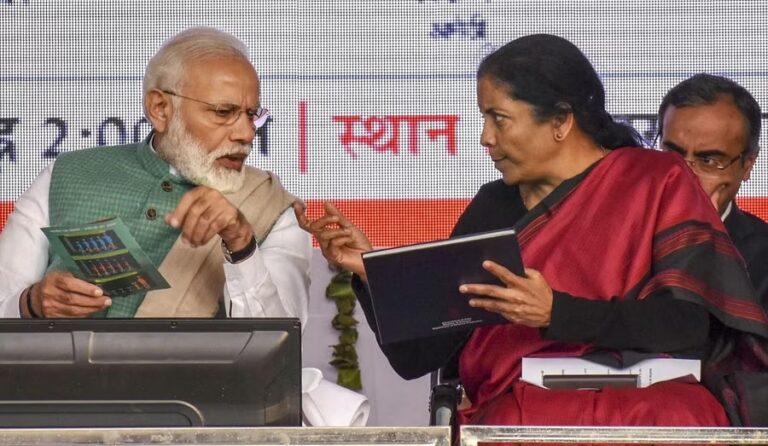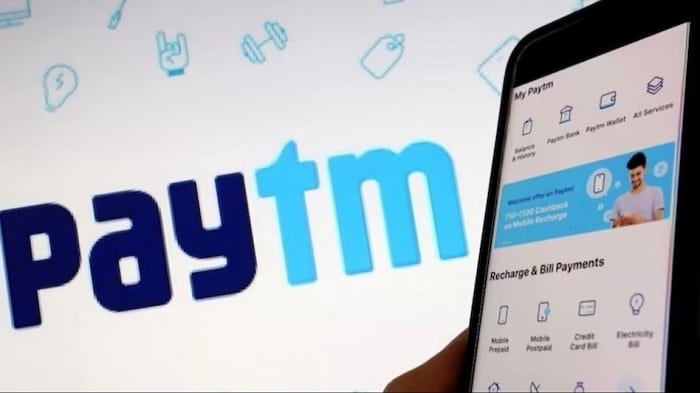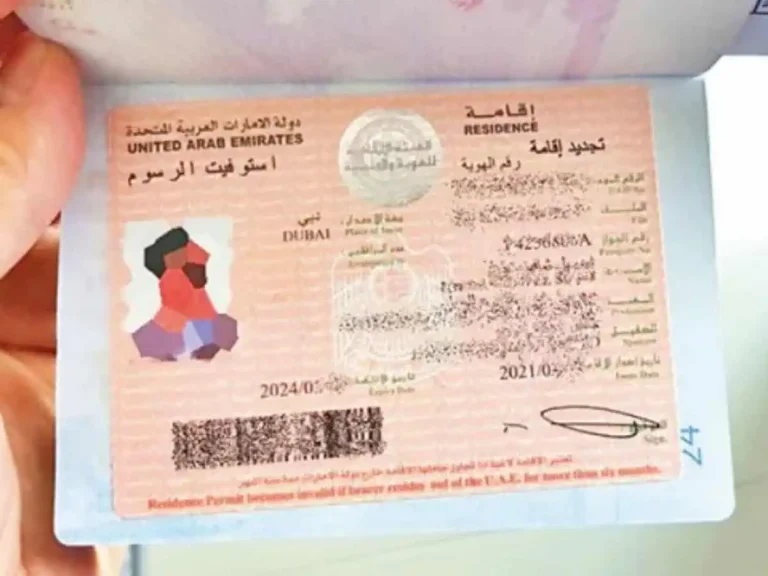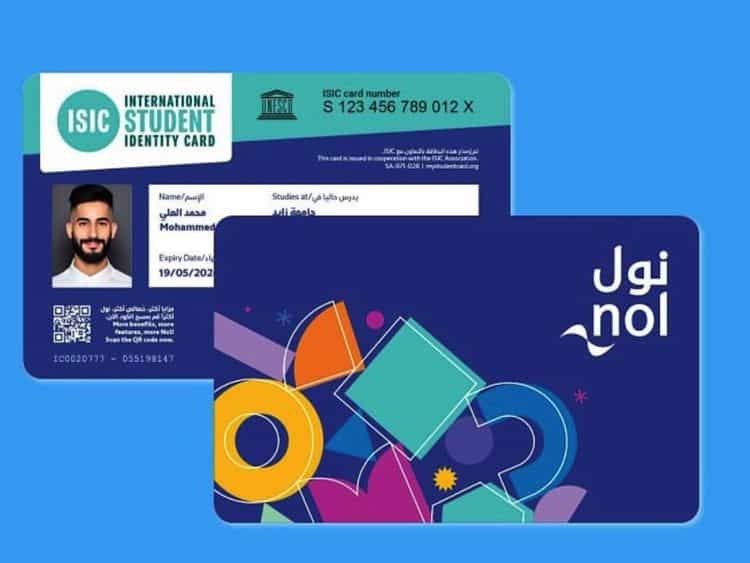Vietnam Launches Enhanced e-Visa Portal for Streamlined Travel
Starting November 11, 2024, Vietnam’s revamped e-Visa portal will simplify travel for international visitors. This user-friendly platform enhances the application experience, offers expanded stay options, and allows entry through 42 designated entry points, supporting Vietnam’s growing tourism sector.
What is an E-Visa?
An e-Visa is a digital entry permit that travelers can apply for online before visiting Vietnam. Introduced in 2017, it has since become a popular, efficient alternative to traditional visas.
Enhanced e-Visa Portal for Easy Applications
Vietnam’s Immigration Department, under the Ministry of Public Security, has upgraded the e-Visa system to make the process smoother and more accessible. The new platform, available from November 11, 2024, is designed with an improved interface and additional accessibility features.
You can access the updated e-Visa portal through these URLs:
- evisa.gov.vn (New e-Visa Portal)
- evisa.xuatnhapcanh.gov.vn (Current Portal)
- thithucdientu.gov.vn (Alternate Portal)
Key Requirements for the Vietnam e-Visa
The application process requires a passport photo and a scan of the passport’s information page. The system then matches the uploaded images with passport details, automating parts of the form. Applicants can confirm their personal information, travel plans, and select the visa type they need, reducing errors and expediting approval.
Visa Options and Duration
Since August 15, 2023, Vietnam has expanded e-Visa eligibility to citizens of all countries. Travelers can choose between:
- Single-entry visa ($25): Valid for one entry into Vietnam.
- Multiple-entry visa ($50): Allows multiple entries within the validity period.
Extended Stay Duration
Vietnam now permits e-Visa holders to stay for up to 90 days, an increase from the previous 30-day limit, offering greater flexibility for travelers.
Entry Points for e-Visa Holders
E-visa holders can enter Vietnam through any of 42 designated points, including major airports, seaports, and land checkpoints, making it easy to plan diverse travel routes.
- Airports: Hanoi Noi Bai, Ho Chi Minh City Tan Son Nhat, Da Nang, Phu Quoc, and others.
- Seaports: Cam Pha, Da Nang, Ho Chi Minh City, Nha Trang, among others.
- Land Checkpoints: Border crossings with Laos, Cambodia, and China, such as Huu Nghi, Moc Bai, and Mong Cai.
Visa-Free Entry
In addition to the e-Visa, Vietnam offers visa-free entry for citizens of 27 countries, with stays ranging from 14 to 90 days. In mid-2023, Vietnam extended visa-free stays to 45 days for citizens of 13 countries, including France, Germany, Japan, and the UK, further easing travel.
These updates reflect Vietnam’s ongoing efforts to foster tourism by making the entry process more convenient for international travelers.






